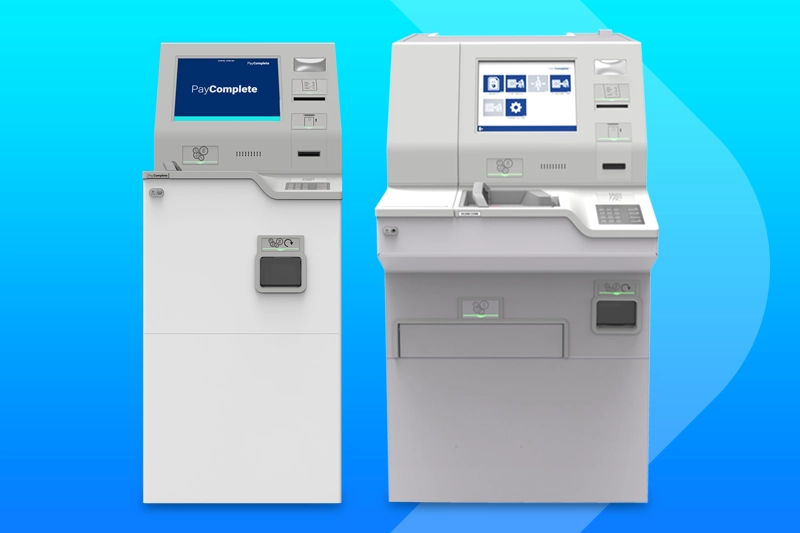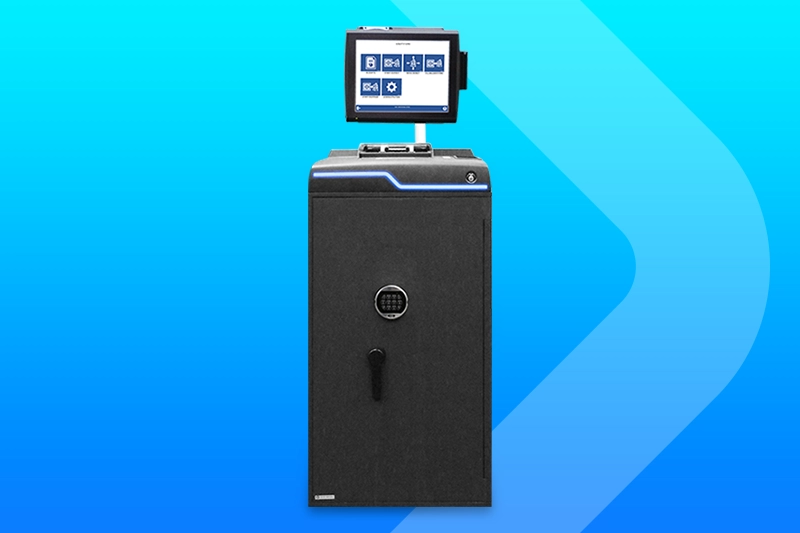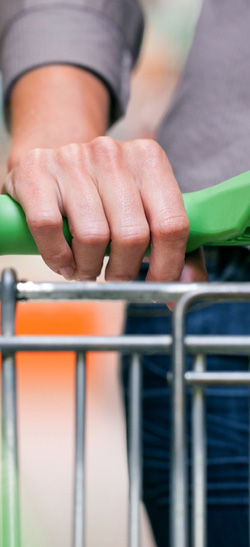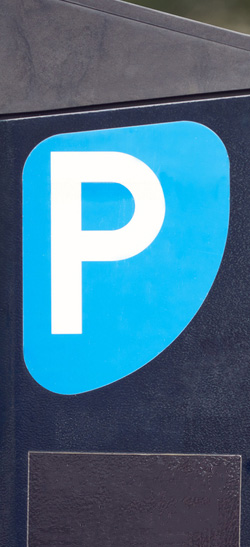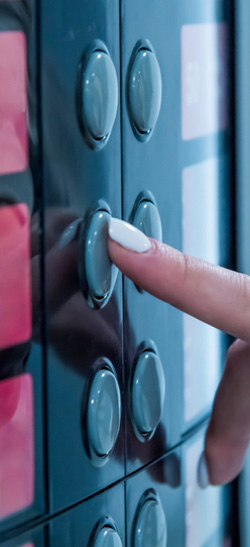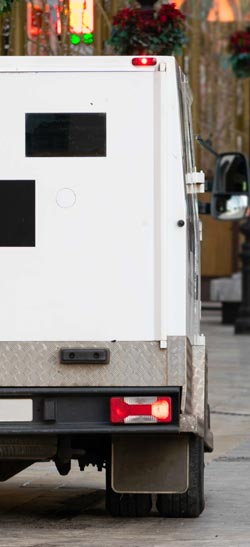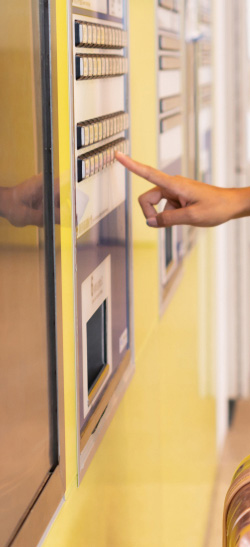Digital payment methods are gaining in popularity in Germany, but the country is unusual among its European neighbours. Cash is still the dominant payment method and is used for 58% of everyday transactions when paying for both goods and services. Debit cards are the second most popular method of payment.
In this article, we explore the reasons and cultural preferences for continued cash usage in Germany and why they may not be adopting electronic payment as quickly as most of its European neighbours.
Why cash has ‘true’ value
An article by Foreign Policy quotes German consumers as saying “Nur Bares ist wahres,” which means “only cash is true”. The report states that this is a famous and culturally revealing statement. Another consumer stated that spending cash encouraged him to spend less and stay in control of his expenses.
A cultural aversion to debt also seems to be an important factor.
In other countries, such as the UK where electronic payments make up the lion’s share of transactions, the use of cash for retail transactions has seen a surprise increase. This is generally felt to be as a consequence of the current cost of living crisis.
Preference for Privacy
One of the reasons behind the sustained popularity of cash in Germany is the cultural emphasis on privacy. Germans tend to prioritise their personal information security and value the anonymity that cash transactions offer.
Financial Inclusion is less of an issue
In many countries where its use is receding, cash is being championed by politicians and industry groups for its role in supporting financial inclusion. It meets the needs of those who may not have access to traditional bank accounts or prefer not to use them for other reasons.
In Germany however, 99% of people have access to a bank account that facilitates cash withdrawals and 94% within an easy route to an ATM as their preferred means of collecting banknotes and coins.
Small Transactions and Convenience
The data also highlights that cash is frequently used for smaller transactions in Germany. Lower-denomination banknotes, such as €5, €10, and €20 notes, are most commonly circulated. This supports the view that cash is seen as a convenient and efficient way to quickly pay for everyday purchases like food items, public transportation fares, and small retail goods.
Conclusion
While most European countries primarily use electronic payment methods, cash is still the preferred method in Germany. It is deeply ingrained in the fabric of the society for all types of payment.
With the increases in cash use in other countries, it is abundantly clear that cash is far from dead globally. While consumers like the physical nature of cash, this makes it more expensive for businesses to accept compared to electronic payments. The key to ensuring that cash remains viable will be to use technology to make cash acceptance as efficient as electronic payments.
The coexistence of cash and digital methods, including the possibility of a digital euro, will be crucial to cater to consumers’ diverse needs and preferences in Germany’s retail sector.

Related Posts


